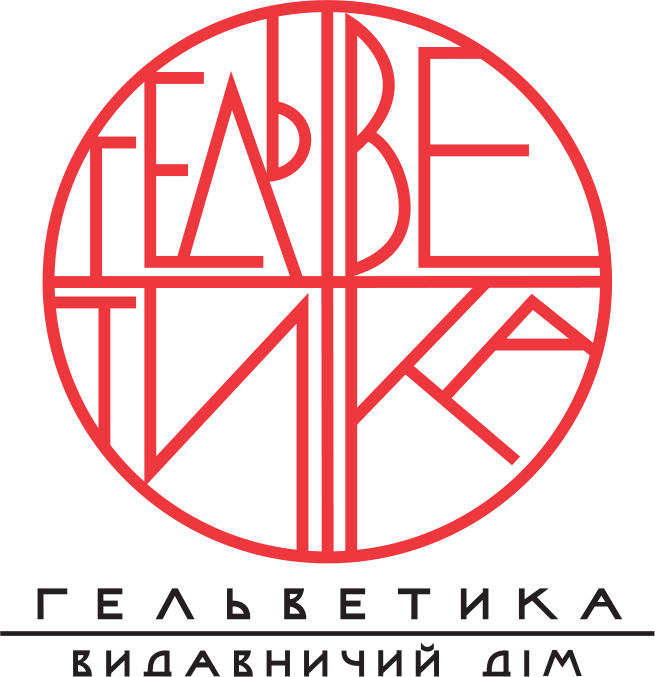LIGHT AS A SPATIAL AND SEMANTIC FACTOR IN ARCHITECTURE: A PHENOMENOLOGICAL APPROACH
DOI:
https://doi.org/10.32782/uad.2025.3.9Keywords:
phenomenology, architecture, light, spatial perception, sensory experience, emotional space, symbolic meaning, natural lighting, sacred architecture, architectural designAbstract
The article presents an interdisciplinary analysis of the phenomenological approach to architecture with a particular emphasis on the light-spatial category as a means of shaping human emotional and sensory experience. Light is considered not only as a physical phenomenon but also as a crucial tool in the creation of architectural space, one that defines its depth and meaning. The aim of the study is to reveal the potential of phenomenology as a method that facilitates the design of spaces capable of evoking both individual and collective experiences. It is emphasized that phenomenology focuses on the bodily and emotional experience of a person within space through the categories of light, shadow, material, and time. The article notes that in the Ukrainian architectural context, this method has long remained on the margins of academic discourse, giving way to more rationalist approaches. The analysis of the works of Tadao Ando, Le Corbusier, and Louis Kahn demonstrates how light structures space, sets the mood, and shapes archetypal images.The article also examines the cultural aspects of using light from antiquity to the Gothic period, where it served as a bearer of symbolic meaning, as well as in the paintings of great masters such as Rembrandt and Titian. Contemporary architecture is returning to the understanding of space as a sensory and emotional experience in which light functions as a key medium of communication. Particular attention is paid to the potential integration of phenomenology with neuroscience to study the impact of lighting scenarios on human beings. In architecture, light plays a dual role: it defines the physical structure of space while simultaneously shaping its emotional and semantic dimension.Thus, the authors justify the importance of an interdisciplinary design approach that considers both artistic and neurophysiological aspects of spatial perception. The application of such an approach opens new perspectives for creating environments that not only meet functional requirements but also enable deep personal interaction with architecture.
References
Дженкс Ч. The Language of Post-Modern Architecture. Нью-Йорк : Rizzoli Intl Pubns, 1988. 144 с.
Архітектурна типологія культових споруд. URL: https://science.lpnu.ua/sites/default/files/journal-paper/2019/nov/19614/26.pdf
Архітектурні особливості культових будівель. URL: https://repositary.knuba.edu.ua/server/api/core/bitstreams/8a8c9113-53f2-47b9-bc9d-66bd9248ae6e/content
Символіка візуального образу в сакральній архітектурі. URL: https://elpis.uwb.edu.pl/index.php/Elpis/article/download/67/81
Архітектура культових об'єктів. URL: https://vlp.com.ua/files/10_5.pdf
Фарбер М. The Foundation of Phenomenology. Edmund Husserl and the Quest for a Rigorous Science of Philosophy. Нью-Йорк : Рутледж, 1962. 595 с.
Dowling M., Millar M., Horrigan-Kelly M. Understanding the Key Tenets of Heidegger’s Philosophy for Interpretive Phenomenological Research. URL: https://doi.org/10.1177/1609406916680634
Calhoun R. Existentialism, Phenomenology, and Literary Theory. URL: https://doi.org/10.2307/3196789
Rasid R., Djafar H., Santoso B. Alfred Schutz's Perspective in Phenomenology Approach: Concepts, Characteristics, Methods and Examples. URL: https://doi.org/10.51601/ijersc.v2i1.18
Сакральні архетипи в архітектурі. URL: https://repositary.knuba.edu.ua/bitstream/987654321/3983/1/25.pdf
Історичні аспекти релігійної культури України. URL: https://periodicals.karazin.ua/uahistory/article/view/10700
Морально-теологічні проблеми філософії. URL: http://www.irbis-nbuv.gov.ua/cgi-bin/irbis_nbuv/cgiirbis_64.exe?C21COM=2&I21DBN=UJRN&P21DBN=UJRN&IMAGE_FILE_DOWNLOAD=1&Image_file_name=PDF/MTP_2017_63_33.pdf
Richards L. The Ancient Egyptian Conception of God: From the Predynastic Through the Old Kingdom (ca. 3800–2135 B.C.E.). URL: https://doi.org/10.25159/2663-6573/7244
Harrison-Buck E. Maya Religion and Gods: Relevance and Relatedness in the Animic Cosmos. URL: https://www.researchgate.net/publication/280881303_Maya_Religion_and_Gods_Relevance_and_Relatedness_in_the_Animic_Cosmos
Hooke S. Babylonian and Assyrian Religion. URL: https://archive.org/details/babylonianandass032592mbp
Bäckström A. Religion in the Nordic Countries: Between Private and Public. URL: https://doi.org/10.1080/13537903.2014.864804
Hewamanage W., Sang J. Mythology of Gods: Origin and Development of the Concept of Gods in Indian Religion. URL: https://www.researchgate.net/publication/306358714_Mythology_of_Gods_Origin_and_Development_of_the_Concept_of_Gods_in_Indian_Religion
Łoziński K. The Jewish Symbols. URL: https://doi.org/10.1515/pn-2016-0014
Suri N., Tanjung M. Metaphor and Symbolism in the Language of the Quran: A Linguistic Study on the Concept of Tauhid (Analysis of Surah al-Fatihah). URL: https://doi.org/10.46222/pharosjot.106.3
Thakuri L., Ranjit M. Symbolism: A Case Study in Buddhist Architecture. URL: https://www.researchgate.net/publication/355095505_SYMBOLISM_A_CASE_STUDY_IN_BUDDHIST_ARCHITECTURE
Teeuwen М., Scheid В. Tracing Shinto in the History of Kami Worship Editors' Introduction. URL: https://doi.org/10.18874/jjrs.29.3-4.2002.195-207
Puttfarken Т. Caravaggio’s ‘Story of St Matthew’: A Challenge to the Conventions of Painting. URL: https://doi.org/10.1111/1467-8365.00101
Kauffman I. Seeing The Light: Rembrandt's Religion – Introduction. URL: https://www.academia.edu/12153733/Seeing_The_Light_Rembrandts_Religion_Introduction
Abrahams S. Titian’s Danae (all versions). URL: https://www.academia.edu/9241623/Titian_s_Danae_all_versions_
Ramzy N. The genius loci at the great temple of abu simbel: hermeneutic reading in the architectural language of ancient egyptian temples of ramses ii in nubia. URL: https://doi.org/10.14795/j.v2i2.106
Sudesh S. Temple of Karnak – A Study Report. URL: https://www.academia.edu/35529636/Temple_of_Karnak_A_Study_Report
Reynolds А. The Development of Stained Glass in Gothic Cathedrals. URL: https://www.researchgate. net/publication/353355145_The_Development_of_Stained_Glass_in_Gothic_Cathedrals
Josh A. Phenomenology and Le Corbusier. URL: https://www.academia.edu/9331836/Phenomenology_and_Le_Corbusier
Kweon Т. A Critical Study on Louis I. Kahn's 'The Essence of Architecture' with the Perspective of N. Hartmann's Aesthetics. URL: https://doi.org/10.7738/JAH.2013.22.4.045
Shirazi М. Architectural theory and practice, and the question of phenomenology (the contribution of Tadao Ando to the phenomenological discourse). URL: https://www.researchgate.net/publication/283270452




